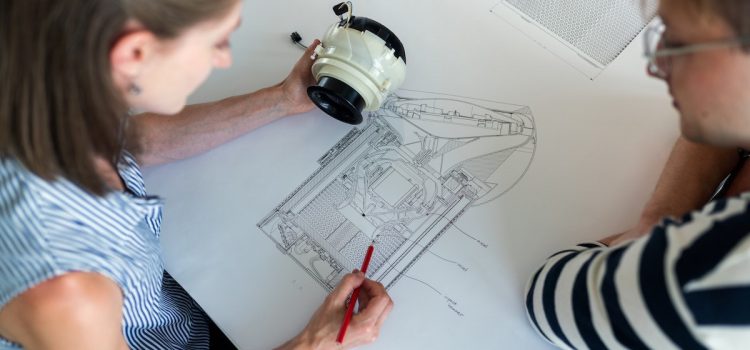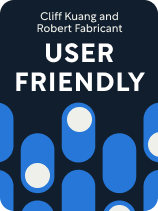

This article is an excerpt from the Shortform book guide to "User Friendly" by Cliff Kuang and Robert Fabricant. Shortform has the world's best summaries and analyses of books you should be reading.
Like this article? Sign up for a free trial here.
What are the main issues with technology today? What does the future of design look like?
Cliff Kuang and Robert Fabricant’s book User Friendly contends that technology has become inhumane and addictive. The authors provide two main recommendations to achieve a future vision of a user-friendly world: Streamline many of the gadgets in people’s lives and design technologies that adhere to users’ values.
Keep reading to learn what the future of design should look like to enhance people’s lives.
Using Less Technology
The first thing Kuang and Fabricant recommend for the future of design is to limit the amount we use technology. Kuang and Fabricant point out a major limitation of the smart gadgets that have become commonplace in the US: the sheer number of applications and devices people switch between as they go about their day. The authors write that this is partly because companies want to maximize the products they sell and also because of people’s mental models about how technology should work.
Kuang and Fabricant suggest that to achieve one of the original goals of user experience designers—to save consumers time and energy—engineers should consolidate digital products into streamlined processes. The authors argue that to achieve this, we should be able to accomplish tasks in fewer steps and in one centralized place.
In a more user-friendly digital world, the authors suggest that if you wanted to schedule a meeting with your coworkers, you could make a single request to your personal device, which would then contact others to confirm a time and agenda, reserve a meeting location, and update your calendar. Kuang and Fabricant’s idea is similar to getting rid of multiple remotes for a cable TV, satellite TV, DVD player, and sound system, and replacing them with one universal remote instead.
Designing Technology That Reflects Users’ Values
Kuang and Fabricant write that another strategy to create a user-friendly future is to design technologies that reflect society’s values. To return to the previous ideals of the user experience design industry—like when consumer products were linked to social progress in the 1920s—companies must prioritize the users’ specific goals: things like productivity, creative expression, improved health, more equitable access to services and information, and more meaningful social connections.
(Shortform note: Some apps on the market that are based on consumers’ goals include apps for meditation and apps that help people monitor health conditions like diabetes. One potential factor distinguishing “healthy” apps from addictive ones may include the revenue model: Apps that rely on advertising revenue benefit from users maximizing screen time and viewing more ads. On the other hand, paid subscription models may rely more on customer satisfaction and less on ad revenue for profitability, making it less likely that the company will use addictive design principles.)
The authors assert that the basic principles of user-friendly design can be adapted in infinite ways to better people’s lives. For example, developing more advanced telehealth—accessing health services remotely using a cell phone or other device—could help make health care more equitable and affordable for people living in rural areas. In terms of social networks, Kuang and Fabricant suggest that social media could be re-envisioned to foster connections while allowing users to maintain their autonomy over their attention and mental well-being.

———End of Preview———
Like what you just read? Read the rest of the world's best book summary and analysis of Cliff Kuang and Robert Fabricant's "User Friendly" at Shortform.
Here's what you'll find in our full User Friendly summary:
- A look at the evolution of user-friendly design, from the 1920s to today
- How excessive user-friendliness is causing a technology addiction
- How user-friendliness can be used to reflect the values of customers instead






